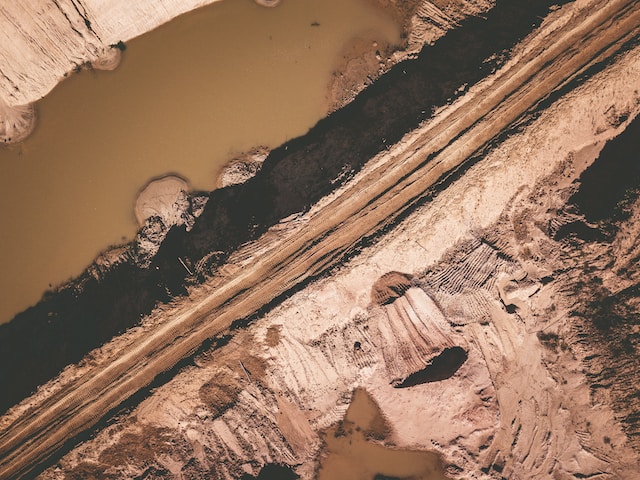Hydro excavation is less labor-intensive than traditional equipment. Less physical strain on employees means fewer safety risks and more productivity.
It’s also safer for workers to be onsite because it minimizes damage caused by hitting buried pipes and lines. This can save time and money in the long run by avoiding costly system interruptions.
It’s Safer
For millennia, digging holes was a physically intensive task requiring teams of workers to dig with picks and shovels. Even with the advent of engine-driven machinery, this is still a dangerous process that can damage existing lines and cause significant issues for businesses that depend on those services (like power and internet). The greater accuracy of hydro excavation allows crews to avoid hitting underground pipes and sewer lines, which could result in costly repairs and a lengthy job site shutdown.
Because only a vacuum truck and pressurized water hose are needed, the costs for labor go down significantly, and jobs are completed a lot faster. There’s also no risk of costly pipe damage, and a restoration team isn’t required to repair areas disturbed by traditional excavation methods.
It’s More Accurate
Hydro excavation can dig holes more precisely than traditional methods, resulting in less backfilling and repair work afterward. This also means that your project can be completed faster.
The accuracy of hydro-vac excavation helps to avoid damaging underground pipes, sewer lines, and cables, which would require an expensive repair process. It also reduces the risk of hitting tree roots and nearby buildings and infrastructures.
Additionally, using this method can eliminate the need for a large crew. With fewer workers at the site, accidents and injuries are less likely. This can lower your insurance and liability costs. Lastly, hydro vacs can hold dirt in a tank instead of piling it up on the job site. This reduces cleanup time and saves money on trucking and disposal expenses.
It’s More Efficient
When you use hydro excavation, you can complete the project at a much faster rate since it is less labor-intensive. Also, cleaning up after the job is completed takes much less time because the dirt is vacuumed into a tank and then easily transported away for disposal.
It’s a Non-Destructive Process
Traditional machinery can damage nearby pipes or underground utilities, causing costly service interruptions. Hydro excavation allows the crew to dig holes without damaging these pipes and utilities, saving you money in repair costs and downtime.
Moreover, hydro excavation is less harsh on equipment because it uses pressurized water instead of forceful removal methods. It’s a much safer way to excavate, especially in freezing conditions where hydraulics and hoses can quickly become distressed or break when used with heavy machines.
It’s More Affordable
A smaller crew is needed to operate a hydro-vac truck than other excavation methods, and the process is much faster. This directly translates into lower labor costs.
Also, the softer digging approach reduces damage to underground pipes and sewer lines. This helps to keep repair costs down and avoid costly service interruptions.
It’s ideal for potholing (uncovering existing underground utilities), daylighting, and construction projects. It’s beneficial for digging holes to install electricity poles, phone lines, road signs, and other infrastructure. It can even dig holes for trenching in water and sewer projects. This less invasive technique has the added benefit of being better for the environment. Less soil is removed so that the ecosystem can rebound more quickly.
It’s More Environmentally Friendly
Hydro excavation eliminates the need for heavy machinery, which could cause accidents that hurt laborers and nearby citizens. Using this method also reduces the risk of hitting buried pipes and sewer lines, which can result in expensive repairs and costly downtime for your construction project.
Daylighting, a process that involves uncovering buried lines for repair or replacement purposes, is far more effective with hydro excavation than traditional digging methods. This is because the precision of this excavation technique allows crews to safely expose buried utilities without damaging them.
The dirt slurry that results from hydro excavation is automatically sucked into a tank, which significantly improves cleanup times. This will allow your crew to finish the project faster than if they had to deal with piles of dirt that must be moved elsewhere or hand-dug.
